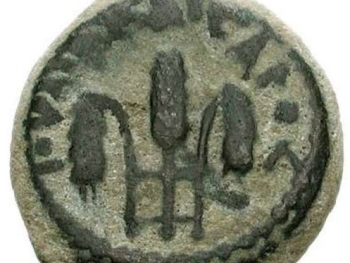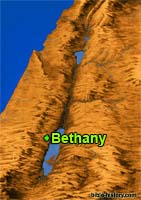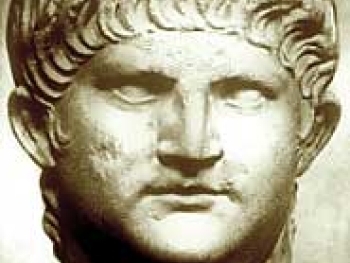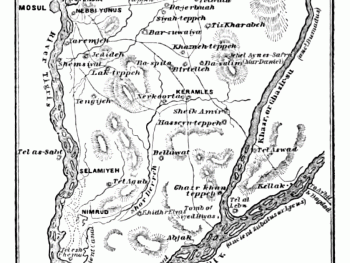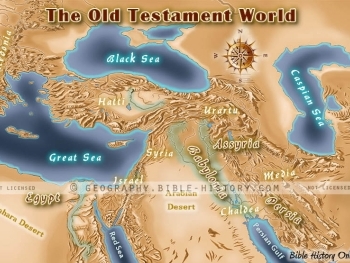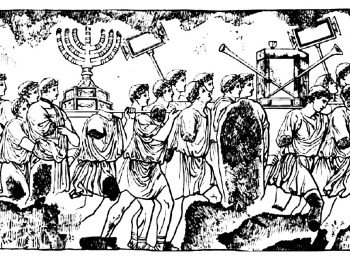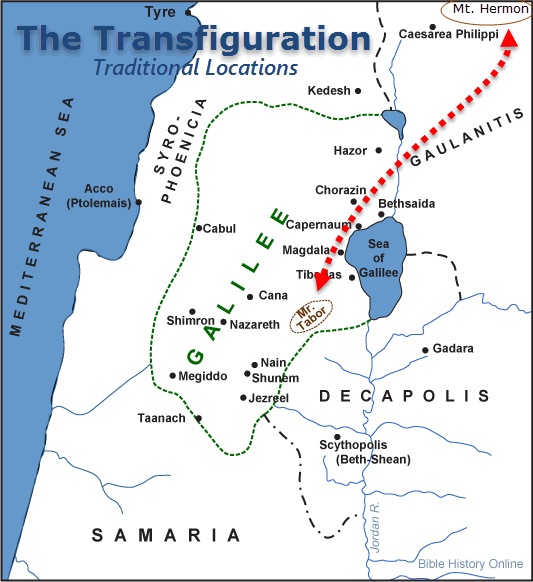
Matthew 17:1 – After six days, Jesus took with him Peter, James, and John his brother, and brought them up into a high mountain by themselves.
In the 4th century AD a tradition was established that Mount Tabor was the scene of the transfiguration and it was referred to as “The Mount of Transfiguration”, and over the next couple centuries there were three churches built on Mount Tabor. Modern scholarship has changed its opinion regarding Mount Tabor because of recent archaeological excavations. There were buildings and a city on top of Mount Tabor during the time of Jesus, which would interrupt the solitude mentioned in the gospel accounts. The more probable location would be Mount Hermon, which is relatively close to Caesarea Philippi where Jesus revealed who he was to his disciples.
Source:
